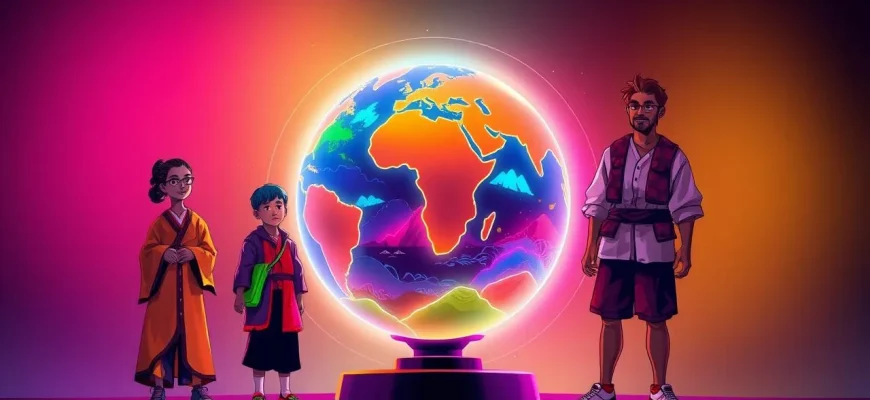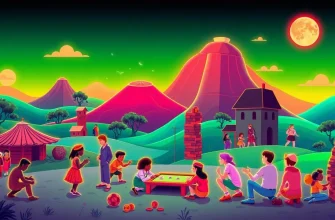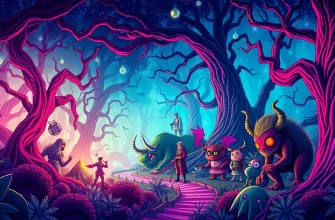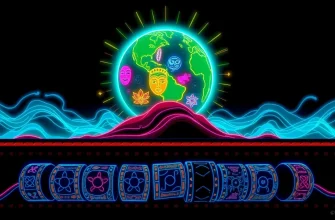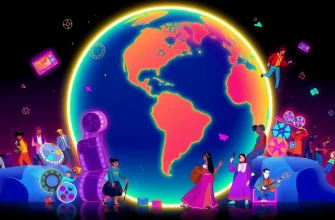Embarking on a cinematic journey through the diverse tapestry of human existence, this curated collection of documentaries offers a window into the lives, traditions, and struggles of various peoples across the globe. These films not only entertain but educate, providing a deeper understanding of cultural nuances and fostering a sense of global unity. Whether you're a seasoned anthropologist or simply curious about the world, these documentaries will enrich your perspective and perhaps inspire your next adventure.
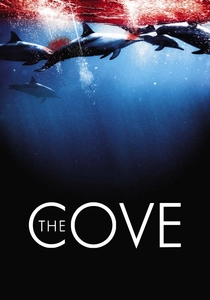
The Cove (2009)
Description: While focusing on the dolphin hunt in Taiji, Japan, this documentary also explores the broader implications of human interaction with marine life and the cultural practices surrounding it.
Fact: The film won the Academy Award for Best Documentary Feature in
 Watch Now
Watch Now
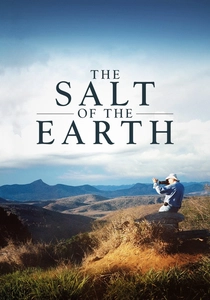
The Salt of the Earth (2014)
Description: A portrait of Brazilian photographer Sebastião Salgado, this documentary explores his journey through some of the world's most troubled regions, capturing the human condition with profound empathy.
Fact: The film was co-directed by Wim Wenders and Salgado's son, Juliano Ribeiro Salgado.
 Watch Now
Watch Now
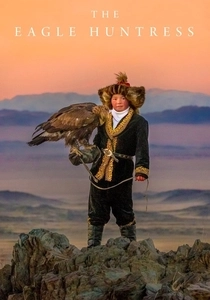
The Eagle Huntress (2016)
Description: This documentary follows Aisholpan, a 13-year-old Kazakh girl, as she trains to become the first female eagle hunter in twelve generations of her family, challenging gender norms in her community.
Fact: The film was shot in the harsh winter conditions of Mongolia, capturing the beauty and challenges of the landscape.
 Watch Now
Watch Now
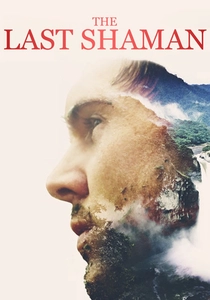
The Last Shaman (2016)
Description: Following a young American's quest for healing through shamanic practices in the Amazon, this film explores the clash and blend of modern medicine with ancient traditions.
Fact: The film was shot over a period of four years, capturing the protagonist's journey in real-time.
 Watch Now
Watch Now
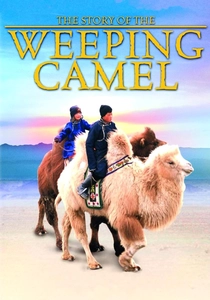
The Story of the Weeping Camel (2003)
Description: Set in the Gobi Desert, this film documents the life of a nomadic family and their unique ritual to heal a camel that has rejected its newborn calf, showcasing the deep bond between humans and animals.
Fact: The film was shot over a year, capturing the natural cycle of life in the desert.
 30 Days Free
30 Days Free
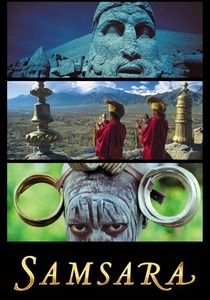
Samsara (2011)
Description: A visual journey through 25 countries, this film captures the essence of human life, spirituality, and the cycle of birth, death, and rebirth without any spoken narrative.
Fact: The film was shot over five years, using 70mm film to capture breathtaking visuals.
 30 Days Free
30 Days Free
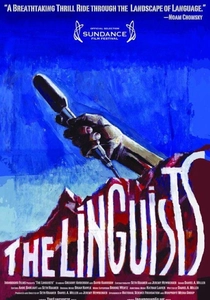
The Linguists (2008)
Description: Follow two linguists as they travel the world to document dying languages, highlighting the cultural significance and the race against time to preserve linguistic diversity.
Fact: The film was nominated for an Emmy Award for Outstanding Science and Technology Programming.
 30 Days Free
30 Days Free

The Tribe (2014)
Description: Set in a Ukrainian boarding school for the deaf, this film uses no spoken dialogue, relying entirely on sign language to tell its story, offering an intimate look at the lives of its students.
Fact: All actors in the film are deaf, and the director, Myroslav Slaboshpytskyi, learned sign language to direct the film.
 30 Days Free
30 Days Free

Human Planet (2011)
Description: This BBC series delves into the extraordinary ways humans have adapted to some of the most extreme environments on Earth, from the Arctic to the Amazon, showcasing the resilience and ingenuity of different cultures.
Fact: The series took over three years to film, involving 140 different locations and 40 different cultures.
 30 Days Free
30 Days Free

Born into Brothels (2004)
Description: This film documents the lives of children born to prostitutes in Calcutta's red-light district, focusing on their dreams, resilience, and the transformative power of photography.
Fact: The film won the Academy Award for Best Documentary Feature in
 30 Days Free
30 Days Free

